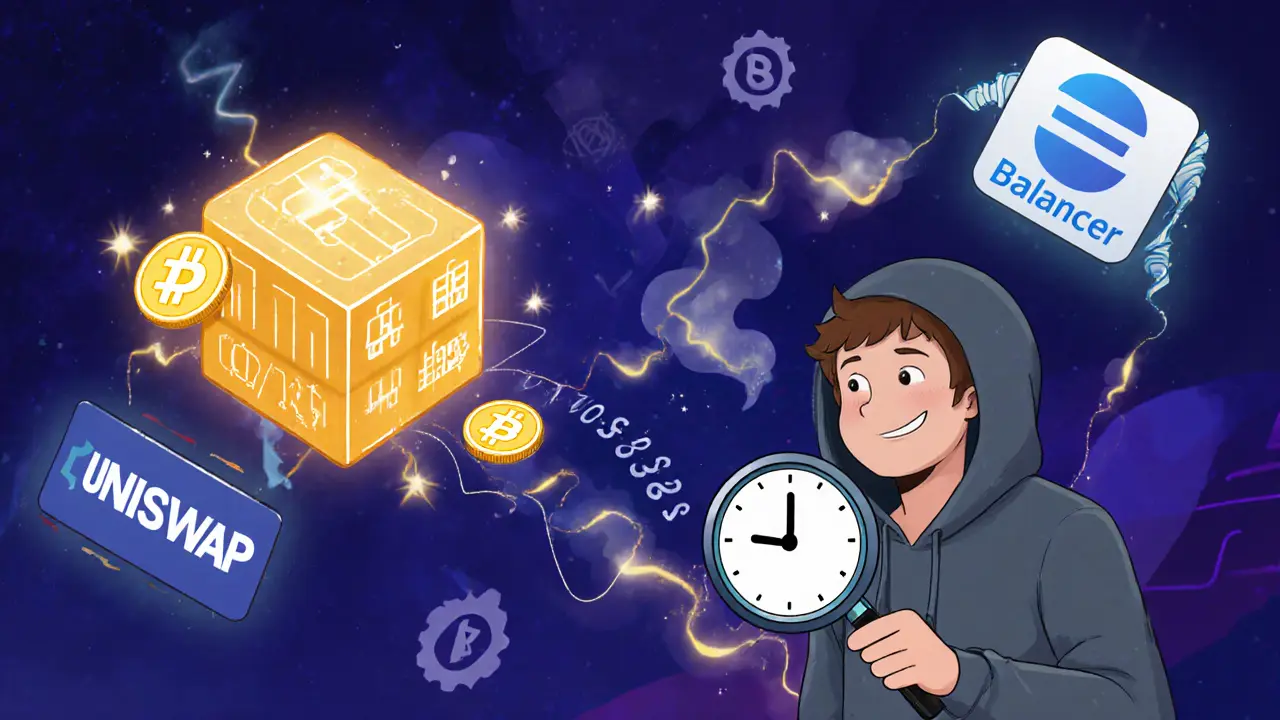Aave Crypto: What It Is, How It Works, and Why It Matters in DeFi
When you think of Aave, a decentralized lending protocol that lets users earn interest on crypto or borrow against it without a bank. Also known as Aave Protocol, it powers one of the most used DeFi platforms in the world, handling billions in locked assets. Unlike banks, Aave doesn’t need you to fill out forms or wait days for approval. You connect your wallet, deposit crypto like ETH or USDC, and instantly start earning. Or you can borrow against what you hold—no credit check, no paperwork.
Aave works because it’s built on smart contracts that automatically match lenders and borrowers. Lenders supply assets to liquidity pools and get paid in real time. Borrowers lock up collateral—usually more than they borrow—to get cash flow. If the value of their collateral drops too low, the system automatically sells part of it to cover the loan. This isn’t theory—it’s how real people use crypto every day to avoid traditional finance. The AAVE token, the native token of the Aave protocol that gives holders voting rights and fee discounts lets users influence changes to the system. And the DeFi, a movement to replace banks with open, permissionless financial tools built on blockchain behind Aave is what makes this possible. You don’t need to trust a CEO or a government. You trust the code.
People use Aave because it’s fast, transparent, and flexible. You can lend stablecoins and earn 4-6% yearly, or borrow ETH to buy more crypto without selling your holdings. It’s not magic—it’s mechanics. And it’s not for everyone. If you don’t understand how collateral ratios work, you can lose your assets. But if you do, Aave gives you control you won’t find anywhere else. The posts below cover real stories: how users got burned by flash loans, how fees changed overnight, why Aave’s safety module matters, and what happens when markets crash. You’ll see what works, what doesn’t, and how to stay safe. No fluff. Just what you need to know before you interact with Aave.
